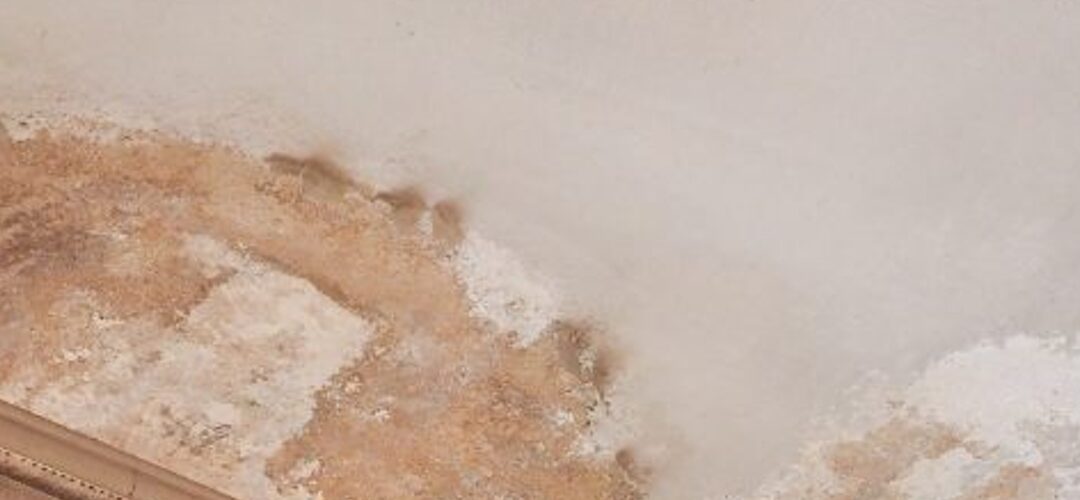Water damage is common, particularly in older homes in humid places like Long Island. It is so common that aside from houses, ‘water damage phone’ is also a trending Google search. So, water damage really is everywhere, and it can affect everything.
Water or excessive moisture could be challenging to remove, especially after a leak or flood, and the resulting damage is sometimes stressful to deal with and repair. The possibility for household mold to start growing is one of the unfortunate effects of water damage in houses. Fortunately, there are precautions a homeowner can take to stop mold from developing after a flood or leak. This post will review the six best strategies to stop mold from infesting in your house following a water or moisture problem and how to make the right environmental conditions.
How to prevent mold after water damage
Remove or drain the water
Remove the excess moisture first to assess the damage and start drying out wet or moisture-damaged surfaces and objects after a flood or leak. The likelihood of mold growing in the region can be reduced by taking immediate action.
Plastic buckets are easy, quick, and affordable to remove water. Although this approach is practical and affordable, it can be physically demanding. Wet-dry vacuuming is a more effective method that requires less work. These vacuums, available for purchase or rental at hardware stores and warehouses, can normally pump 5 to 10 gallons of water per minute.
Remove damp flooring or carpets.
Removing the damaged surfaces should be one of the first measures if your carpets or flooring has water damage or if you want to stop mold growth. This is especially true for surfaces like stone tile floors with grooves where moisture may readily become trapped. Due to the warm, moist environment that carpeting offers mold and the dust that mold spores may feed on, carpeting can pose a significant danger to mold growth. Professional mold removal might be needed if you don’t act immediately.
It can dry your flooring with common home materials like baking soda or specialty cleansers when there is little or confined water damage. Nonetheless, it is often advised to altogether remove the afflicted flooring in situations of severe water damage. Also, this isn’t a guide that tells you how to treat water damaged wood because that is something you should call the professionals for.
Towel dry your furniture and wet pieces.
Generally speaking, it’s a good idea to dry the affected areas with towels and rags before considering big alterations to damaged surfaces and objects. You may eliminate significant moisture by putting down towels to soak up most of the water from your floors and furnishings. Once you’ve completed this, evaluating the damage and choosing the best course of action moving forward will be simpler.
It might be a good idea to wipe off surfaces that constantly gather moisture, such as bathroom floors and window sills, even if specific areas have yet to sustain significant water damage.
Dehumidification can work wonders.
Because spores need moisture to proliferate, mold prefers warm, moist conditions. Maintaining low relative humidity is one of the most effective methods for preventing mold formation in your house. The amount of water vapor in the air compared to the amount it might contain at a specific temperature is known as relative humidity. The Environmental Protection Agency advises maintaining your home’s relative humidity below 60% to prevent mold.
Disinfect walls, baseboards, floors, and other services
Water damage wall repair can be extremely pricey. The first step when water damage occurs is to dry the damaged area and evaluate the damage. Disinfecting the damaged surfaces is a secondary but equally important process that removes bacteria and stops additional harm. “Biocides” are substances that kill living things, such as bacteria. Consumer-grade disinfectants are usually adequate for getting rid of microorganisms.
Replace damaged items
While it is sometimes feasible to repair water-damaged things, there are many situations when it is preferable to replace them totally, especially if the item’s or surface’s structural integrity has been compromised. For instance, it’s time to replace your carpet, wall, or couch if you notice that they have started to change color and take on a yellow or brownish tinge, that there is a persistent musty or dank smell, that the texture has started to droop or look deformed.
Although it may initially seem overwhelming to replace all of your seriously damaged goods, especially on walls or floors, doing so may spare you much pain and money.
Conclusion
Now that we know how to partake in water damage prevention measures give yourself a pat on the back. In any case, you should know who to call for water damage in walls, furniture, and even the foundation. Zavza Seal should be your go-to for any and all types of water damage restoration, cleaning, or prevention. Contact us now to get a free inspection on our services.
Related Blog Posts:
- How Long Does the Restoration Process Take for Homes With Water Damage?
- What to Do If Your Home Has Water Damage?
- Signs of Water Damage in the Basement Walls
- Water Damage & Mold: Everything You Need To Know in 2023
- Things You Should Know About Water Damage
- Who Do I Call After My House Has Water Damage Restore?
- What Causes Water Damage to Floors and Walls
Related Services:
Our service areas:
Get A Free Estimate

